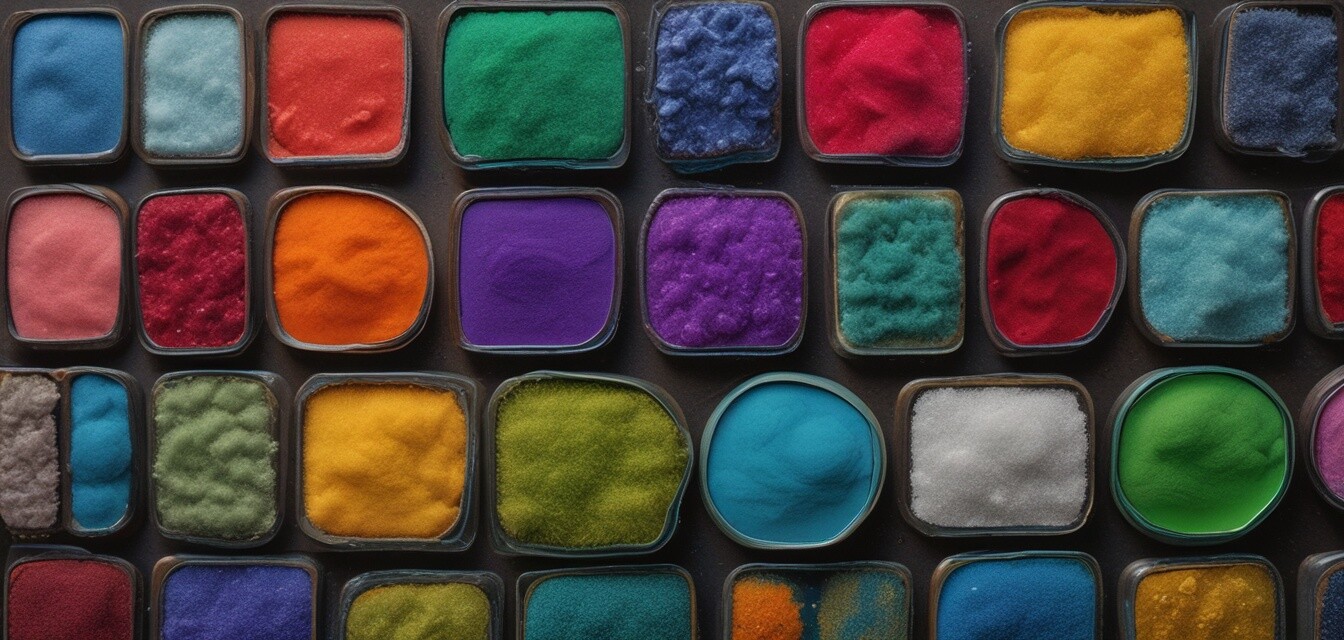
Practical Guide to Mixing Glass Powders
Key Takeaways
- Understanding glass powder types and properties is essential for successful mixing.
- Proportions matter: experiment with different ratios to achieve desired effects.
- Mixing techniques vary depending on the effects desired; use a variety of tools and methods.
- Always test your mixtures before committing to large projects.
- Access to quality materials and supplies is crucial for success.
Mixing glass powders can greatly enhance your glass art, providing unique colors and textures to your projects. Whether you are a beginner or an experienced artist, understanding the best practices in mixing glass powders is essential for achieving stunning results. In this guide, we will delve into the various types of glass powders available and how to mix them effectively.
Understanding glass powder types
Glass powders come in numerous types, each providing unique properties and aesthetics. Here's a brief overview:
| Type of Glass Powder | Characteristics | Common Uses |
|---|---|---|
| Frit | Crushed glass that melts at lower temperatures | Fusing, slumping |
| Opaque Powder | Solid color; little to no transparency | Creating distinct designs |
| Transparent Powder | Allows light to pass through; vibrant color | Layering effects |
| Metallic Powder | Contains metal compounds to create shiny finishes | Highlighting and detailing |
| Reaction Powder | Changes color during firing due to chemical reactions | Unique, unpredictable results |
Proportions and mixing techniques
Once you understand the different types of glass powders, the next step is learning how to mix them effectively. Here are some key points to consider:
Proportions
The proportion of each type of powder can result in significantly different aesthetics. A good rule of thumb is to start with a basic mix before fine-tuning your ratios. Here’s a simple ratio guide:
| Base Powder | Frit Ratio | Transparent Color Ratio | Opaque Color Ratio |
|---|---|---|---|
| 50% | 30% | 20% | N/A |
| 40% | 20% | 20% | 20% |
| 30% | 30% | 20% | 20% |
Mixing Techniques
There are several techniques for mixing glass powders:
- Hand Mixing: Great for small batches; use a clean surface and spatula.
- Mechanical Mixers: Useful for larger quantities; ensure consistency.
- Sieving: Helps achieve uniform particle sizes for even blending.
- Additives: Incorporate additives for desired effects, such as texture or increased workability.
Testing your mixtures
Before committing to a large-scale project, always conduct test firings to see how your mixtures react in the kiln. This can help you fine-tune your ratios and approach.
It’s also advisable to keep a detailed record of your mixtures and results. This ensures you can replicate success and learn from any unexpected outcomes.
Where to find quality glass powders
For a successful glass-making experience, access to quality materials is crucial. Here are some resources for purchasing glass powders:
Conclusion
Mixing glass powders is an art that can dramatically influence the outcome of your glass projects. By understanding the types, proportions, and techniques, you will be well on your way to creating stunning glass art. Always innovate and keep experimenting to discover new aesthetics in your glass work!
Tips for Successful Mixing
- Always wear appropriate safety gear such as a mask and gloves when handling glass powders.
- Keep your workspace clean to avoid contamination.
- Experiment with small samples before committing to larger quantities.
- Document all your mixing attempts to refer back to successful combinations.
Pros
- Ability to create custom colors and effects.
- Encourages creativity and experimentation.
- Access to a variety of decorative possibilities.
Cons
- Can be challenging to achieve consistency.
- Higher risk of unpredictable outcomes.
- Requires practice to master mixing techniques.

